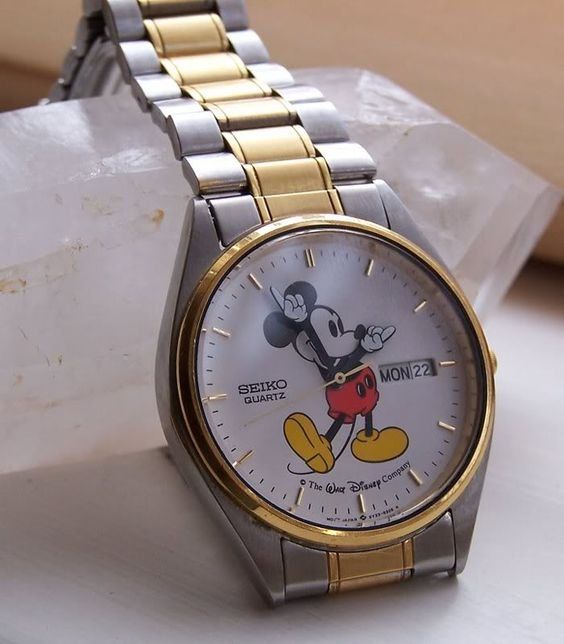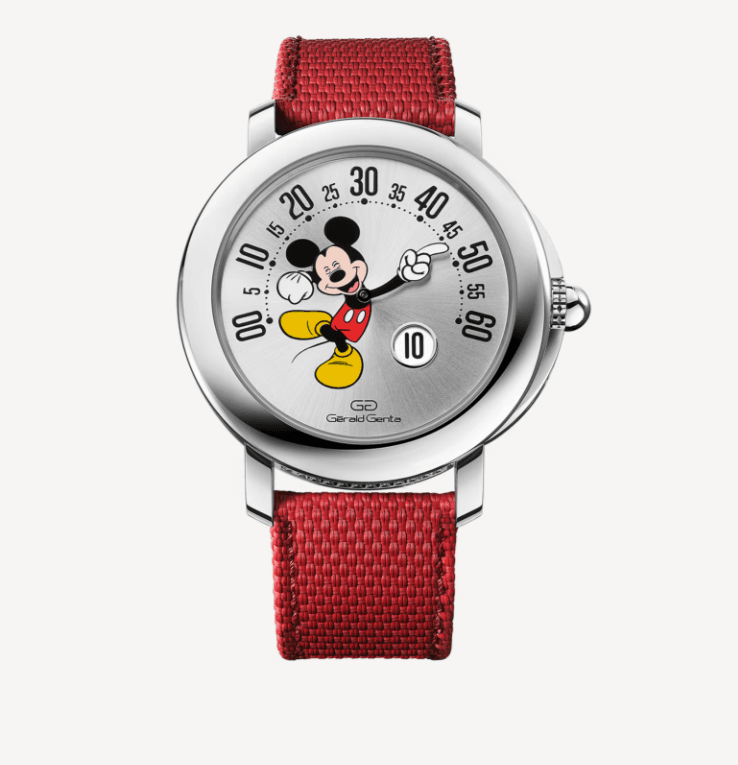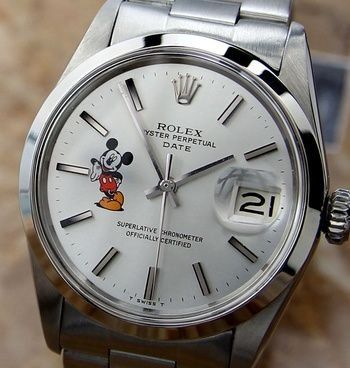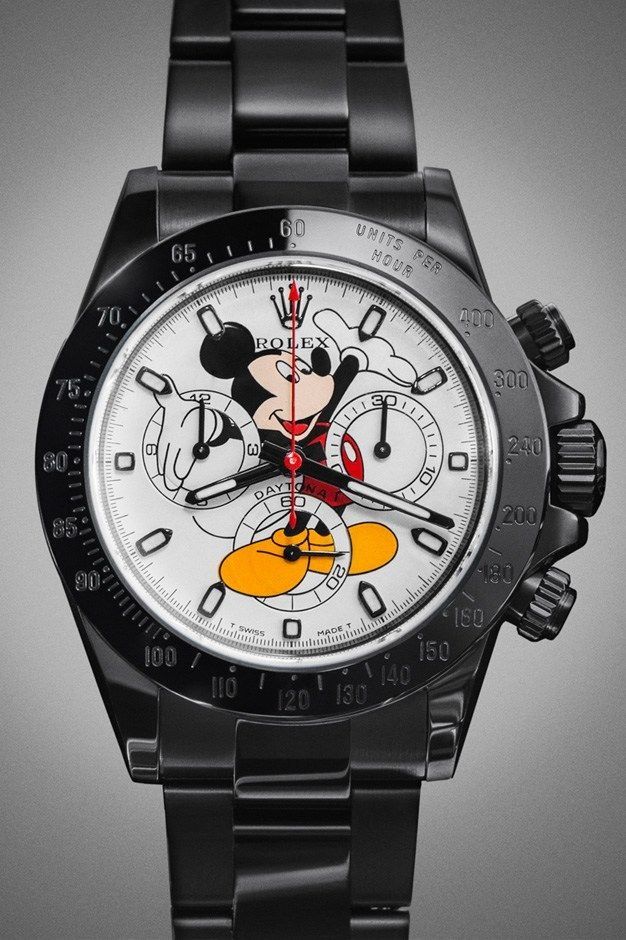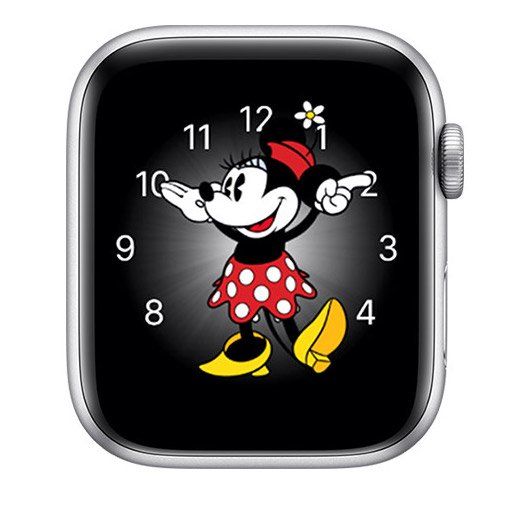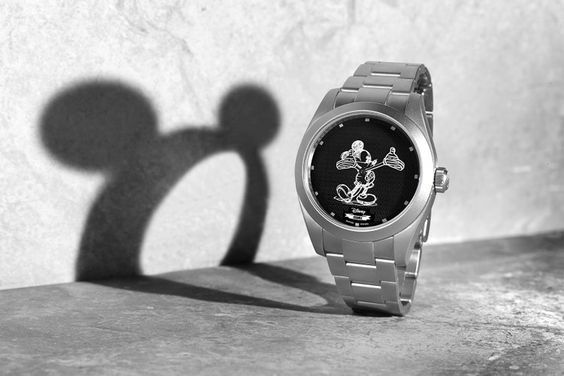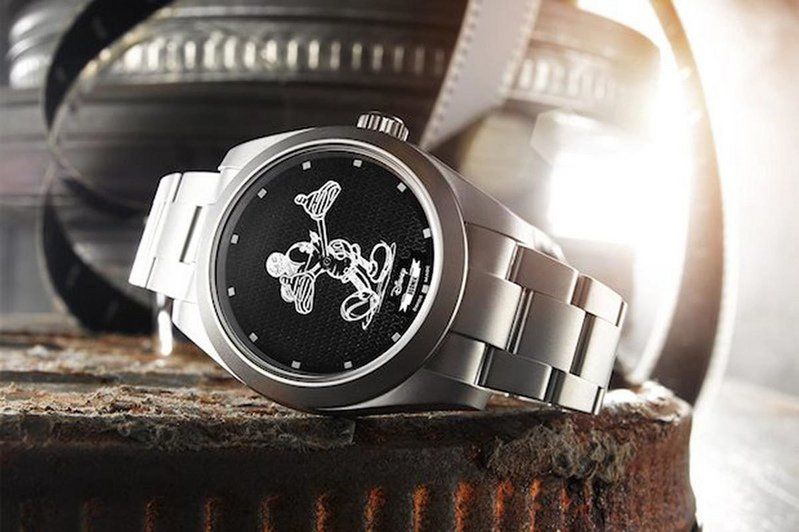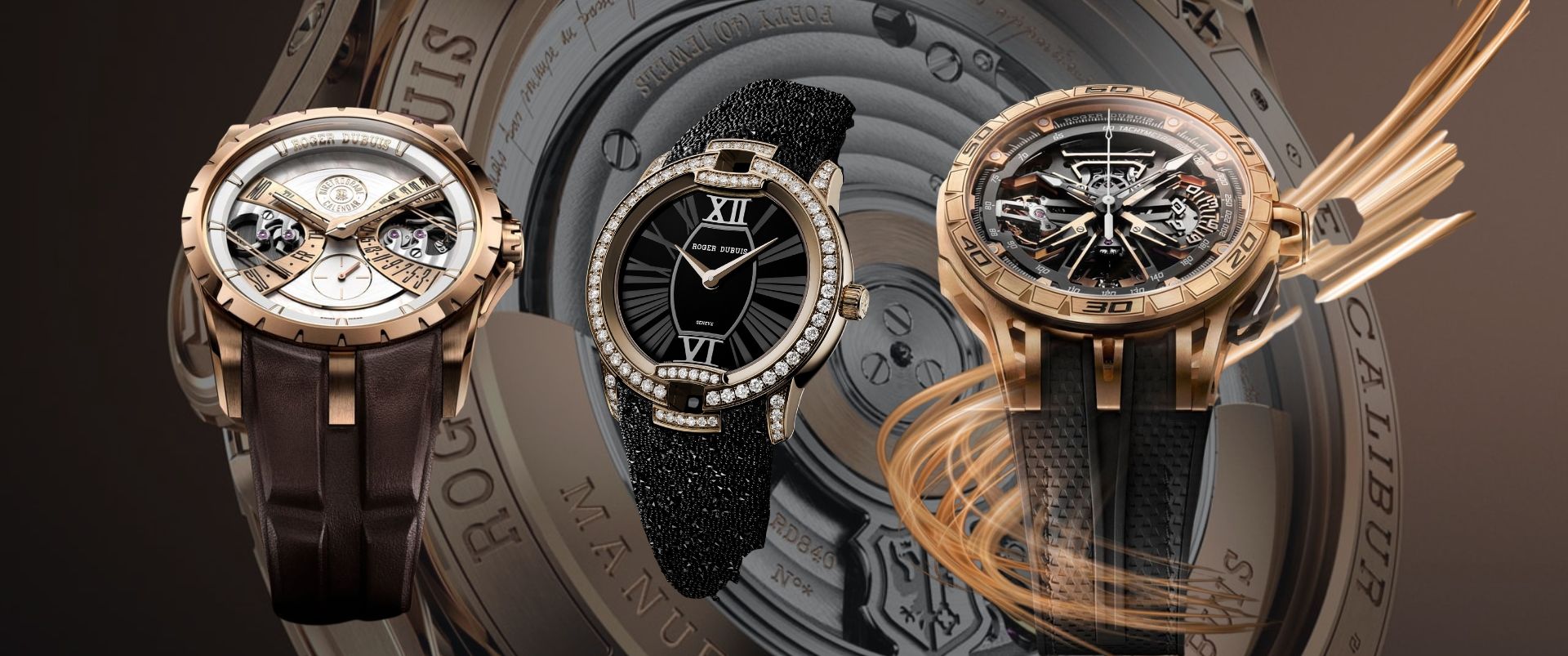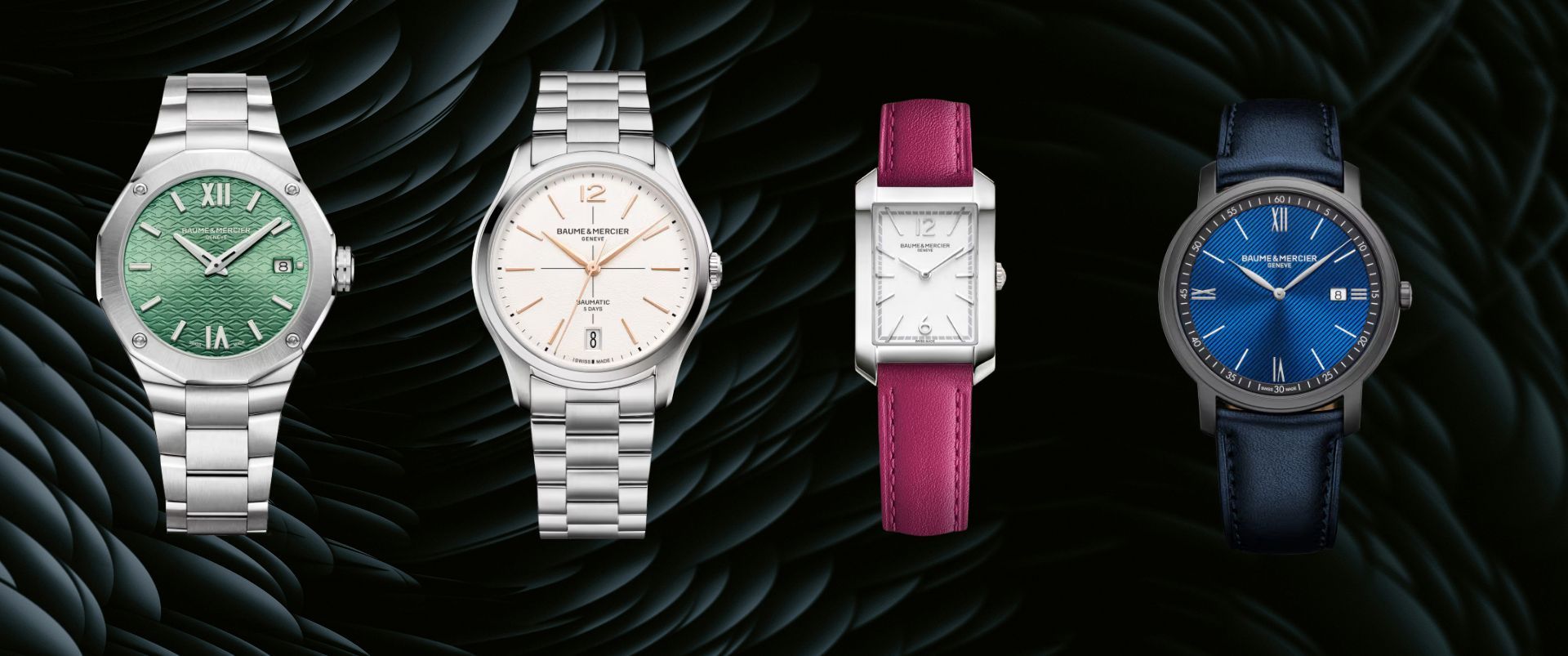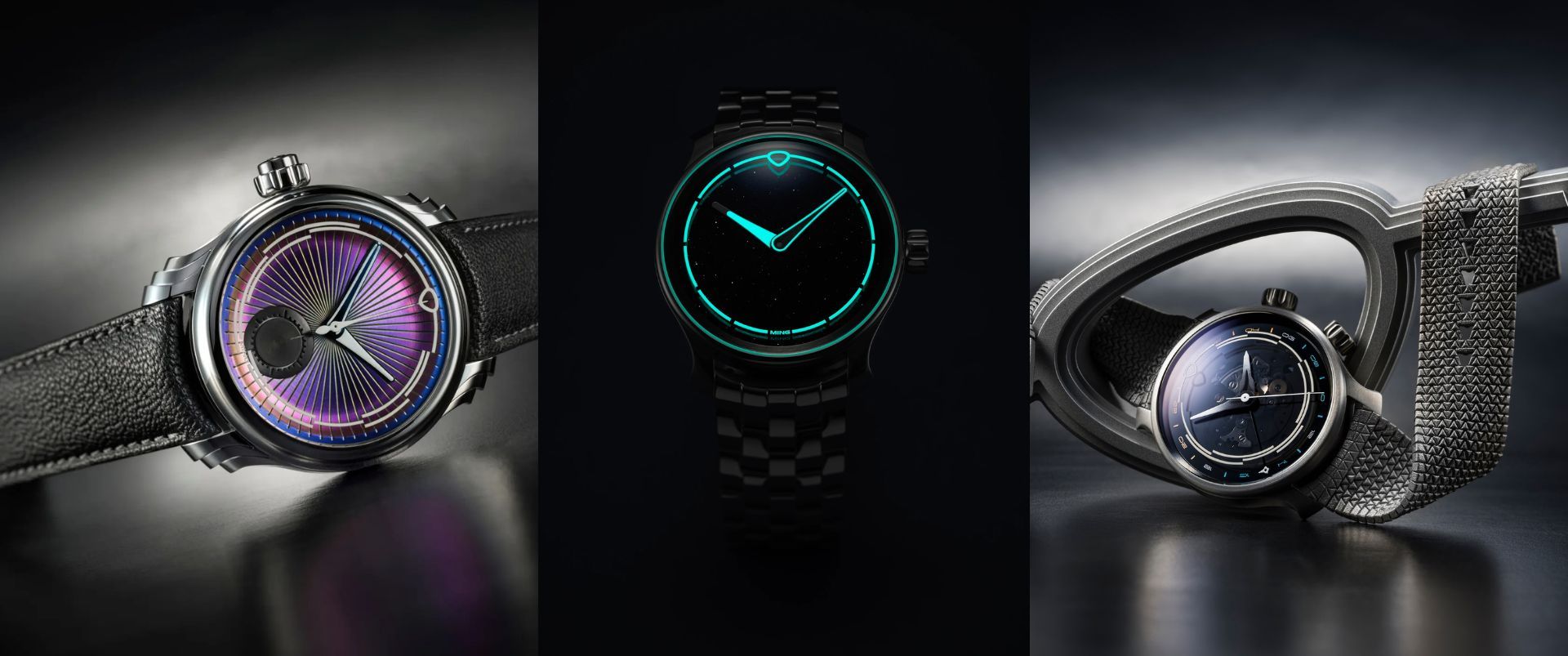Bring Out The Child In You Because It All Started With Mickey Mouse!
Merchandise bearing the Walt Disney Company logo has been popular for nearly a century. Despite the company's many products, they often regard the Mickey Mouse Watch as the "master of them all" when it comes to their brand's long and storied past. Mickey Mouse Watch, as a functional marketing tool for telling time, has into the broader story of American industry and prosperity. Additionally, it was Disney's initial tremendous success in the licensing industry. Mickey's marriage to timekeeping, which hit the market during the Great Depression, saved both Disney and the watch manufacturer that initiated the relationship. In what follows, we'll examine this intriguing historical vignette from its earliest iterations to its current state.
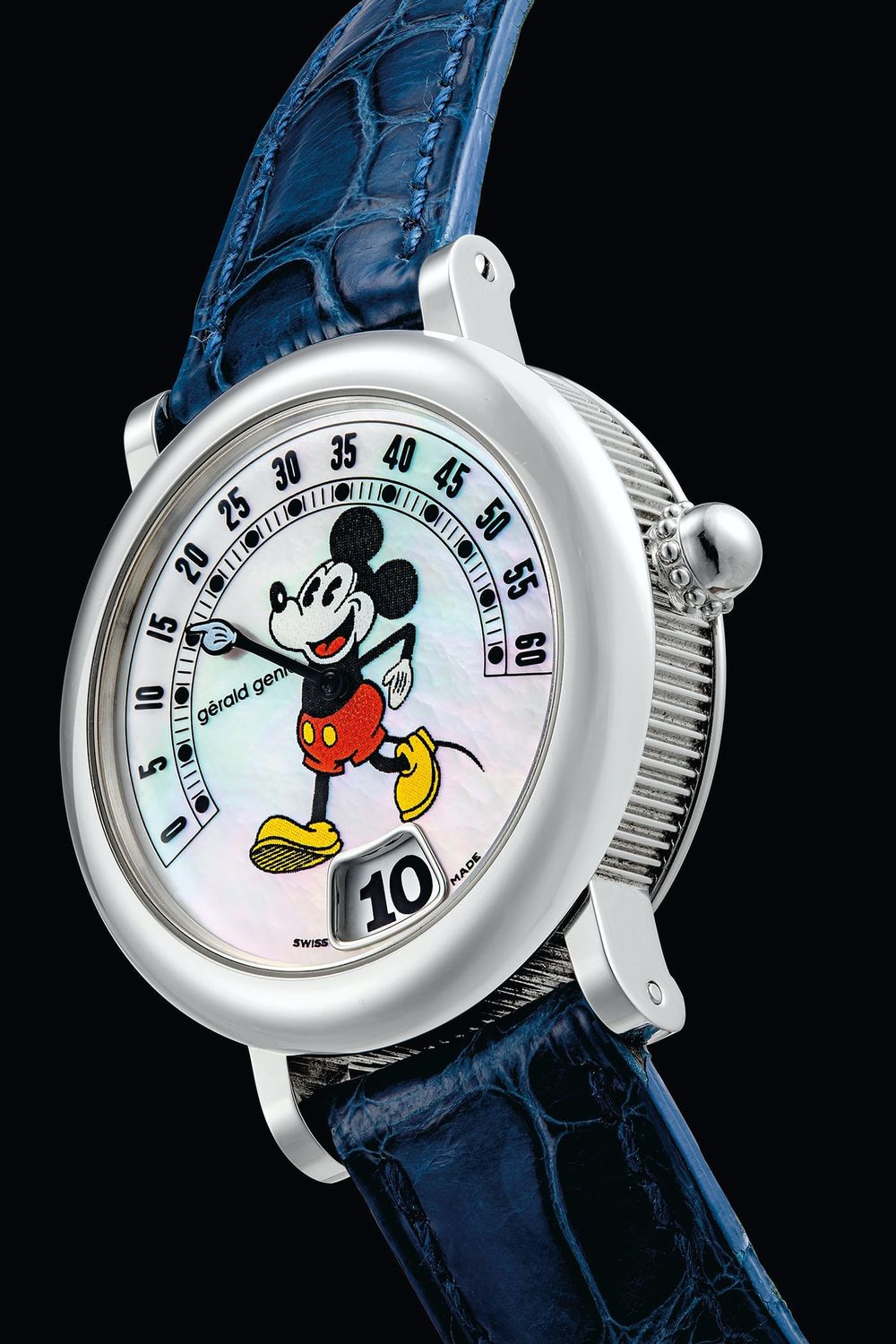
A Mouse-Eye View
Almost as well-known as the Disney character himself is the Mickey Mouse watch. The watch debuted in 1933 and made an immediate and long-lasting impression due to its impeccable timing. Wristwatches acquired popularity during World War I, and by 1933, the inauguration of the Chicago World's Fair and the introduction of animated pictures with synchronized sound had combined to increase consumer demand.
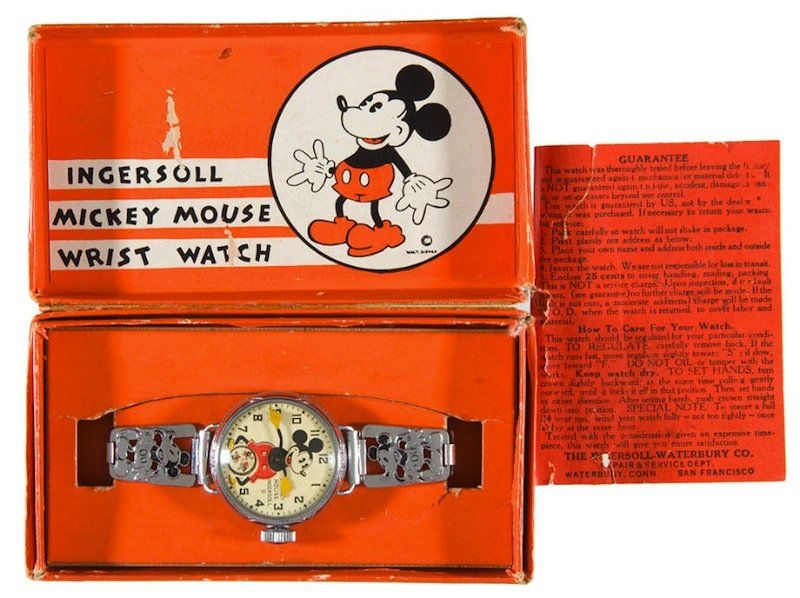
Although it's tough to picture our planet without a Mickey Mouse watch, its inception and subsequent success were by no means assured. The events that led to the discovery of the watch were encouraging, but they could not have predicted the instant success that has persisted for almost a century.
Walt Disney was still hurting from losing control of his first celebrity character, Oswald the Lucky Rabbit, in 1927 when he made Snow White and the Seven Dwarfs. He struck back by establishing a company bearing his name and introducing a new cartoon character named Mortimer Mouse, who looked eerily like Oswald. Disney's wife proposed to Mickey, and in the 1928 short film Steamboat Willie, Mickey made his debut to the world.

Despite the success of the animated feature, the fledgling studio still faced financial difficulties. Remember, the Great Depression hit in the early 1930s. In 1932, Walt Disney sold advertising and merchandising entrepreneur, Herman Kamen exclusive rights to merchandise featuring the Mickey Mouse character. Both a pocket and wristwatch featuring Mickey Mouse were Kamen's first offerings. Success with them would prove that his business sense was spot on.
There were wristwatches (the two-word descriptor was common back then), but they weren't particularly popular. Most were still seen in wristlet style, a slim, delicate watch typically associated with women. Nonetheless, Kamen arranged for the financially strapped Ingersoll-Waterbury to produce his $1.50 pocket-watch and his $3.75 wristwatch. It depicted Mickey Mouse in his entirety, head to toe, on the faces of both of these timepieces.
With Mickey Mouse's continued popularity, the Ingersoll-Waterbury business kept making Mickey Mouse wristwatches in a variety of styles and characters until 1971. Around 40 years of manufacturing resulted in a few limited-edition Mickey Mouse designs for the watch. For instance, in the original releases, it depicted the second sweep hand as a trio of Mickeys racing around the dial at the six o'clock position. By the 1940s, it featured a single Mickey in a rectangular bezel, displacing the previous Mickeys. The 1960s were a more simple time for the watch, as it only had Mickey's name on the dial instead of an image of the mouse.
The Seiko Style
In the 1980s and 1990s, the Japanese company Seiko, operating under the Lorus brand, licensed the Mickey Mouse character to make a line of timepieces. Under license, both Rolex and Omega produced Mickey Mouse timepieces for collectors.
The rarest Mickey is a mechanical seven-jewel Seiko made for the Japanese market in the 1970s, and it features both Mickey and Minnie on the dial. The Holy Grail is a 14-karat gold Mickey Mouse wristwatch from the 1990s. There were only 500 of each design made, and both sexes were represented.
Gerald Genta
Gerald Genta, a private luxury watchmaker, produced a small run of Mickey Mouse and other Disney character wristwatches under license.
The original model had a white Mother of Pearl face with a large Mickey Mouse print and a retrograde minutes and jump hour display. This watch, in its white-gold iteration, was the priciest Mickey ever made at the time it was released.
Both basic timepieces and a tourbillon were part of Genta's Retro Fantasy line. The late designer's incorporation of Disney characters into the show gives the mouse and his pals a sense of movement that is shared by all Genta Mickeys.
Commissioned pieces
From a 25th-anniversary product in 1958 to a 60th-anniversary edition sold by Seiko in 1993, the Mickey Mouse wristwatch has seen a number of special anniversary editions. In addition, for Mickey Mouse's 90th anniversary in 2017, Swatch commissioned artist Damien Hirst to create two multicolored limited edition wristwatches called the Spot Mickey and Mirror Spot Mickey.
Collectors undoubtedly prefer the vintage models of the Mickey Mouse wristwatch, despite the overwhelming variety of alternatives available. The Holy Grail is an original 1933 edition in excellent mint condition, complete with the original cardboard box and instructions.
Swatch x Keith Haring
The latest Swatch/Disney/Keith Haring Studio collaboration honors the revolutionary and provocative graffiti-esque pictograms, lines, and symbols of the New York City social activist and pop artist of the 1980s. As a result, Swatch has released a line of Mickey Mouse watches inspired by the late artist Keith Haring's unique style, kinetic energy, and brilliant colors.
Have Your Heart Set on a Star
In contrast to popular belief, Walt Disney did not wear a Mickey Mouse Watch but rather a Rolex (specifically, a yellow gold Datejust on a Jubilee band). Disney's influence on worldwide culture, however, had an unexpected effect on the staid Swiss watch business. The unauthorized, aftermarket modification of Rolexes to feature Mickey's likeness stands as perhaps the most enduring consequence.
Since the dials of Oyster Datejusts and other similarly simple models are generally clean and thus closer to the Mickeys of the Ingersoll era, they are the most common candidates for these modifications. They also prefer the classic Mouse design, as opposed to the pant-wearing Mickey with pupils that are so prevalent elsewhere, but with conventional Rolex hands instead of cartoonish arms to display the time.
Fans have been hoping for official Mickey Mouse Rolex watches for decades, despite the fact that they do not exist. John Mayer, a singer and watch expert, shared two unique takes on the Rolex Cosmograph Daytona ref. 116520 on Tumblr in 2013. Mayer's variants came with a choice of all-black or white dials with a handsome matte black PVD finish.
The Apple Watch Sensation
Although the Mickey Mouse watch has lost some of its lusters since its introduction, it has not entirely faded from the public consciousness. You can probably picture the dial in your head even if you've never really possessed one. Mickey Mouse's iconic watch face, or Minnie Mouse's if you like, is now available as a digital download for Apple Watch users.
Present Day Modifications
George Bamford has been gaining a following since 2004 by redialing premium timepieces, a practice once frowned upon by purists in the horological community. His works have included everything from blacked-out Zeniths to redialed Rolexes with characters from Peanuts and Popeye on the dials.
Bamford Watch Department purchases new Rolexes and upgrades them with advanced industrial case coatings, new hands, and customized dial treatments, as opposed to modifying preexisting Oyster Dates. These Mickeys are then offered to consumers that want the pinnacle of custom Rolex experiences in limited edition or one-of-a-kind models.
LVMH noticed these customized timepieces and later formed a partnership with Bamford Watch Department, making it an official personalization partner of Zenith, Bulgari, and TAG Heuer. In an interview, Jean-Claude Biver, Head of Watchmaking at LVMH, said that Bamford first caught his attention thanks to his children, who recognized the pop culture allusions in the brand's products.
In 2016, Bamford Watch Department made it official with Disney by obtaining a license to utilize Mickey's image in conjunction with the pop art label The Rodnik Band. This watch was essentially a Milgauss except they made it of dark military-grade titanium or matte black PVD over stainless steel.
Citizen x Mickey Mouse
Where will Mickey go from here? Perhaps you should consult Citizen, the Official Timekeeper of Walt Disney World Resort and Disneyland Resort under a multi-year partnership with Disney. Before their collaboration, Citizen had developed Mickey Mouse Eco Drives, so seeing what they've accomplished together is very amazing.
The watch industry has traditionally relied heavily on popular culture. Think about James Bond and the Rolex and/or Omega that he wears. As for TAG Heuer and Alec Monopoly, how do they fare? Is it Jay-Z and a Hublot? It's obvious that two popular brands should join forces. The Mickey Mouse watch, however, is the media and horology project that has endured the longest!
Character watches have been around for a century or more, and they continue to be popular for all the same reasons. Spoilt for choice, aren’t you?
No articles found

